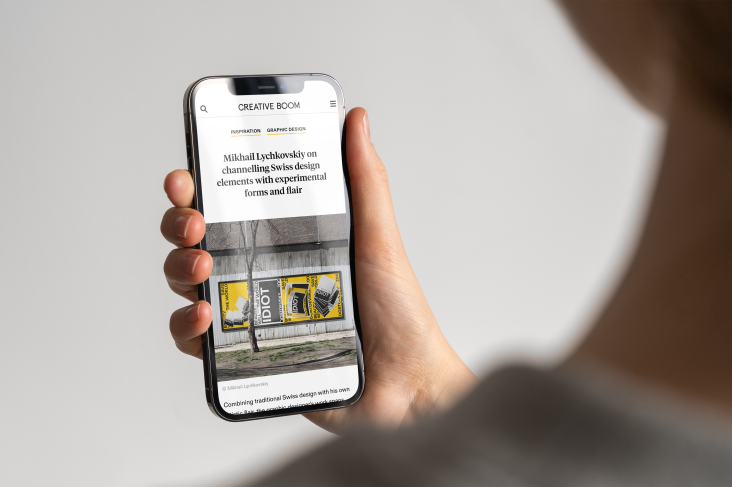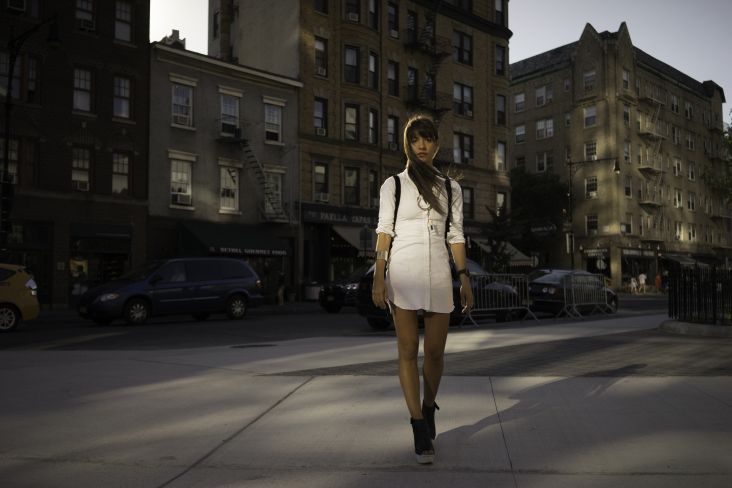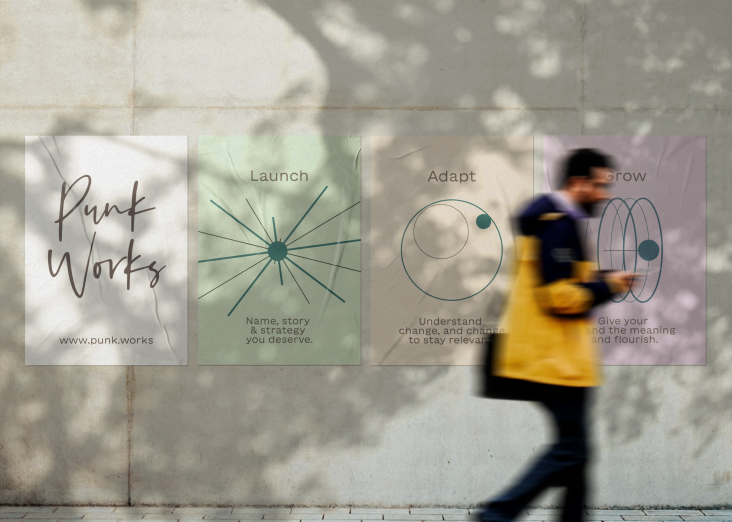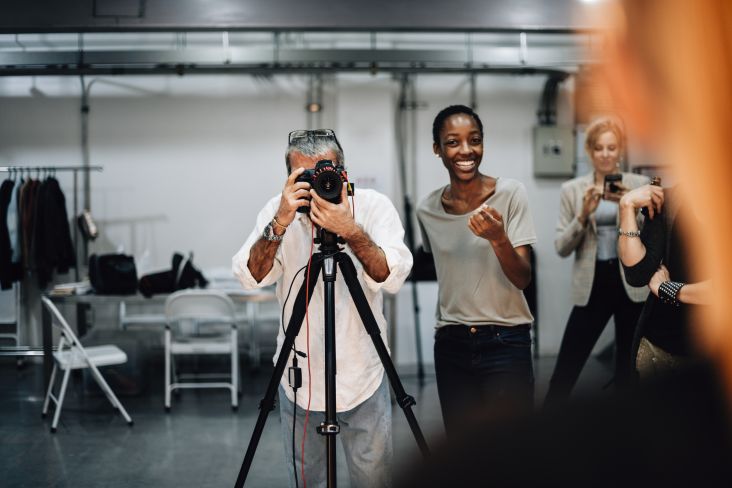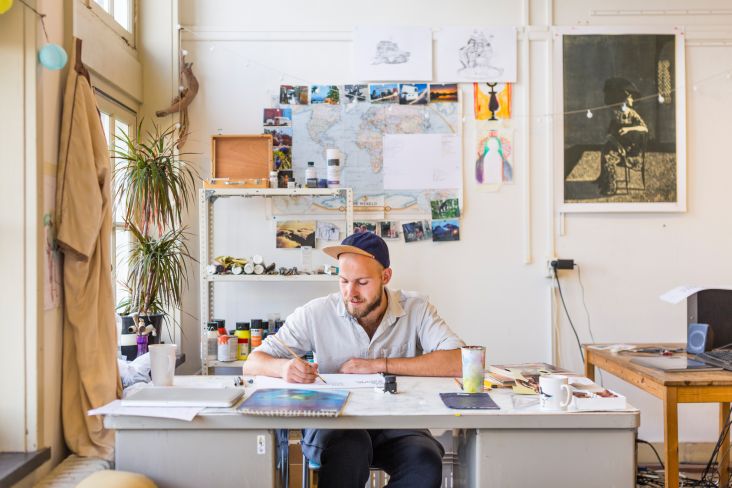Practical steps creatives can take when freelance work goes quiet
Short on commissions at the moment? The creative community shares its best advice on how to put this time to good use.
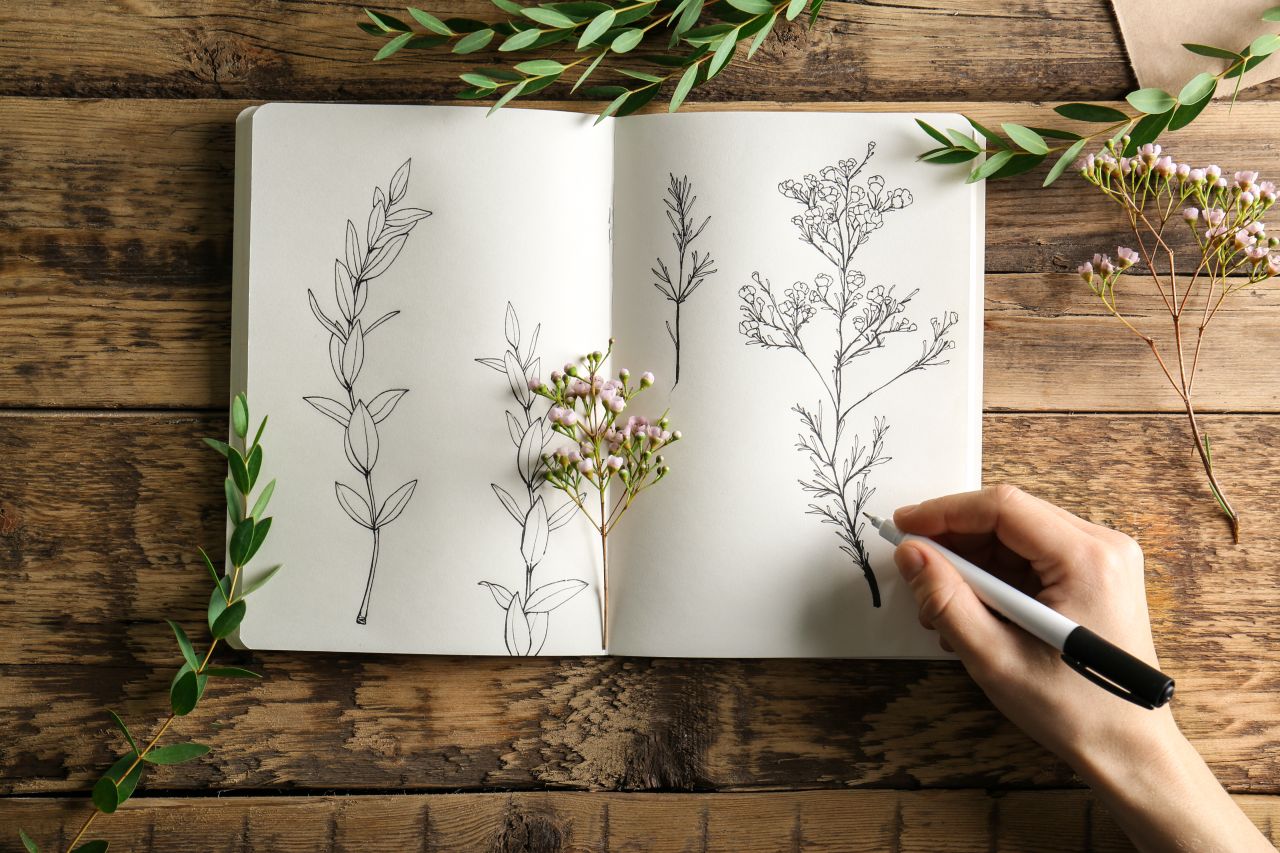
Image licensed via Adobe Stock
For creative freelancers, the start of the year is often a quiet time, with few enquiries coming in. In a normal year, that can generate a sense of unease. But in 2023, with prices rising and the world economy facing so many challenges, it's easy to get overburdened with stress about where your next paycheck is coming from.
But succumbing to worry and anxiety is futile and will only likely drain you of your creative reserves. So it's much better to stay busy and occupy your mind. And there are plenty of useful things that creative freelancers can do to stay productive, focused and positive during these quieter periods.
By taking a creative and proactive approach, you'll survive any slowdown in business mentally and come out stronger and more resilient on the other side. And you might even give your practice a boost in the process.
So how best should you spend your time? We asked the Creative Boom community to share their best advice, and we present some of their top tips in the article below. In the meantime, you can read the entire thread here.
1. Get chatting
We freelancers tend to be a bit hermit-like at the best of times, and when we're short of work, particularly in the cold winter months, we can get really isolated. So the first thing you need to do is get out there and chat with people, whether friends, family, colleagues or clients. Otherwise, you risk bottling everything up and making things seem worse than they are.
Of course, chatting with people who might give you more work kills two birds with one stone. So, illustrator Mark Leary says: "Once the usual panic and thoughts of 'Do I have to get a proper job?' subside, I tend to chat to my past clients, see what they have going on in their lives, and any recommendations they have for similar people in their field I can pester."
UX and visual designer Julius Löwe takes a similar approach. "I reach out to my network and see how they are doing," he explains. "More skills rarely brought me new work. Knowing more people and having answers to their problems helped way more. And it makes my job more social and fun." As does PR consultant Sophie Rhone, who sets out to "find new clients, self-promote or follow up with previous clients, check in with any new results, organic pick up and ignite a fresh conversation with them."
2. Get more organised
A day when you don't specifically earn money can feel like a day "wasted". But actually, if you spend that day making yourself more organised, that can pay off big-time in the long run. Because you'll be more productive, and thus earn more money in fewer hours, in the future.
That's how graphic designer Sarah Fisher sees it, anyway. "I'll try and streamline a bit of my process so that when things are busier again, it's a more efficient process," she explains. "After having a little panic that I'll never get any design work again, I'll settle down to catching up on marketing; I'm currently updating my media kits."
Graphic designer and illustrator Muhammad Alfarizy has a similar approach. "I like to (re)organise my design files or my portfolio; just have a good tidy up," he says. As does illustrator Amy Lauren, who says: "I run through my expenses for a given month because I absolutely hate doing a year's near the tax deadline. And the sense of achievement is nice when I'm not on a deadline!".
Also, what about your online presence: is it up-to-the-minute and accurate? If you're like the rest of us, probably not. So when things get slack, illustrator and designer Anna of AndHopeDesigns says, "I update listings on my website and Etsy; both photography and product descriptions, send out emails to stockists – current and those I'd like to be stocked by – organise stock, and design new products for the following busier seasons."
Similarly, illustrator Rachael Presky says she focuses largely on "portfolio updates, getting in touch with old clients, working on personal/portfolio projects, sourcing potential new clients, looking at funding opportunities, painting and life admin."
3. Learn something new
As creatives, we always need to be learning to keep us fresh, imaginative and motivated. And a slow work period is a great time to do so.
For example, designer and developer Steve Perry says: "When work is slow, I normally learn something new and experiment with it, rebuilding my own site with a new framework, for example." Similarly, Nuria Quero says: "My focus is on learning and growing. As a freelance designer, I struggle with advancing my career. So during quieter times, I've designed my own career path and learned things in order to move forward."
That said, learning doesn't have to be a structured, organised thing with a clear end goal. Sometimes, it's better to just follow your nose and let your mind wander. "As a freelance copywriter, I spend a lot of time reading, whether it's online articles, magazines, or fiction," says Vince Dinga. "I find it crucial to make time for input so that I can produce quality output and not feel drained."
Commercial artist Tom Peake adds: "I usually use any downtime as a period of self-reflection and development. I like to assess my portfolio and identify any weak spots/gaps in the subject matter. I then look to filling those gaps with new portfolio samples."
4. Start a passion project
Like it or not, we spend much of our lives as creatives working on projects we don't feel particularly passionate about. There's nothing wrong with that: we must pay bills, after all. But it's good to right the balance by doing a passion project on the side. And a quiet spot, work-wise, is a perfect time to do so.
In that instance, says illustrator Spencer Wilson: "I'll indulge in a passion project, developing something from the sketchbook or reacting to something topical in the news, or an interest I have at the time. Keeping my mind occupied keeps me moving forward and the fear of becoming obsolete at bay."
Motion designer Tom takes a similar approach. "I work on my side project, Loop," he explains. "It helps me work on new skills, plus it's an added revenue stream. Some of the trailers I've created for the sci-fi products on there have won me some dream projects!"
5. Make stock content
Stock imagery has a bad reputation, but nowadays, there are many libraries that stock good-quality content and pay decent returns to designers and illustrators. So it's worth considering if you're going through a dry patch, work-wise.
"A new avenue I'm focusing on during slow weeks or months is making content for Unsplash+," says graphic designer Mike Hindle. "This keeps the money rolling in and is actually more fun than working with clients. At the same time, I usually ramp up the marketing for my business Clearcut Derby when it's quiet."
6. Hustle (but don't overdo it)
In truth, most creatives won't do just one of these things when work is slow, but lots of them at the same time. That's a great way to keep your energy and motivation up, as long as you don't burn out. As with most things, it's about thinking through carefully in advance and striking the right balance.
This is what it looks like for illustrator Vicky: "A mixture of researching and contacting prospective clients and then, once I've stopped panicking, I'll do some projects for designs I can sell in my Etsy shop. I might also treat myself to some daytime cafe drawing somewhere to improve my doodling skills."
Freelance designer Katie Lamb, meanwhile, says: "I spend my quiet time doing my new website, dusting off my portfolio, doing passion projects, reading books, networking – lots of networking – and also taking time to look after myself mentally and physically. With the occasional panic, obviously." While graphic designer Sheila Buchanan says: "I usually catch up on marketing, schedule posts, add new projects to my website, or take the classes I've signed up for to improve my skills, whether it be for illustration, business, writing or web development. There's always so much to learn!".
If you can do all this, then great. But don't feel like you have to, especially just because people tell you that. As film director Kiren says: "Take a moment to rest and chill: the hustle culture will lie to you!".
7. Enjoy it!
Downtime at work is usually seen as a bad thing. But it can often be a good thing if it doesn't last too long. So our final advice is to enjoy and embrace it as much as possible.
"Learn that it's all cyclical and enjoy the time off to live your life a little bit, the way you wanted to when you were last mega busy and had no spare time," says interior and architecture photographer Jak Spedding.
Or as designer Greg Findley puts it: "I try and apply some of the advice I regularly give to clients on my own business. Take time out to catch up with fellow creatives, and generally try to appreciate the downtime – because it doesn't last very long: a nice problem to have!"

 for Creative Boom](https://www.creativeboom.com/upload/articles/06/063686a9a3b095b9b1f0e95df917ed4bd342be1b_732.jpg)






